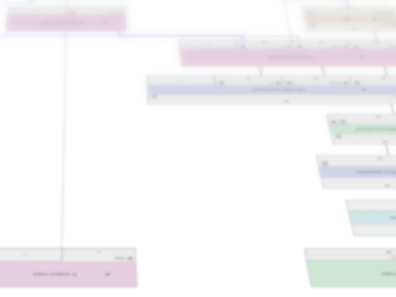Quantitative imaging in life sciences has evolved into a powerful approach combining advanced microscopy acquisition and automated analysis of image data. The focus of the present study is on the imaging-based evaluation of the posterior cricoarytenoid muscle (PCA) influenced by long-term functional electrical stimulation (FES), which may assist the inspiration of patients with bilateral vocal fold paresis. To this end, muscle cross-sections of the PCA of sheep were examined by quantitative image analysis. Previous investigations of the muscle fibers and the collagen amount have not revealed signs of atrophy and fibrosis due to FES by a laryngeal pacemaker. It was therefore hypothesized that regardless of the stimulation parameters the fat in the muscle cross-sections would not be significantly altered. We here extending our previous investigations using quantitative imaging of intramuscular fat in cross-sections. In order to perform this analysis both reliably and faster than a qualitative evaluation and time-consuming manual annotation, the selection of the automated method was of crucial importance. To this end, our recently established deep neural network IMFSegNet, which provides more accurate results compared to standard machine learning approaches, was applied to more than 300 H&E stained muscle cross-sections from 22 sheep. It was found that there were no significant differences in the amount of intramuscular fat between the PCA with and without long-term FES, nor were any significant differences found between the low and high duty cycle stimulated groups. This study on a human-like animal model not only confirms the hypothesis that FES with the selected parameters has no negative impact on the PCA, but also demonstrates that objective and automated deep learning-based quantitative imaging is a powerful tool for such a challenging analysis.
IMFSegNet
In this project, quantitative imaging with deep learning is employed to evaluate histological muscle samples with regard to their fat…
JIPipe
JIPipe introduces a visual programming language into ImageJ that allows the creation of pipelines by designing flow charts. This language…







